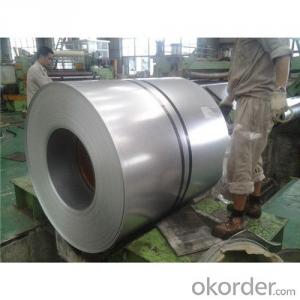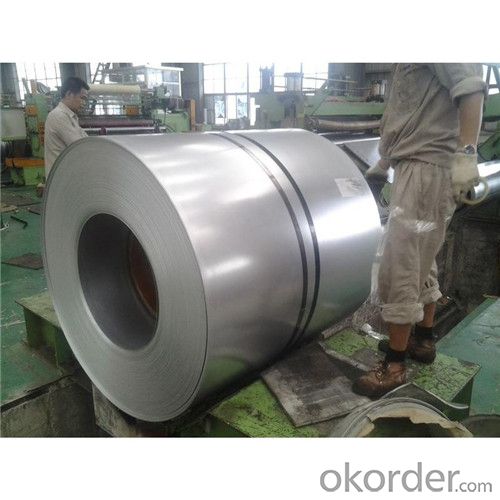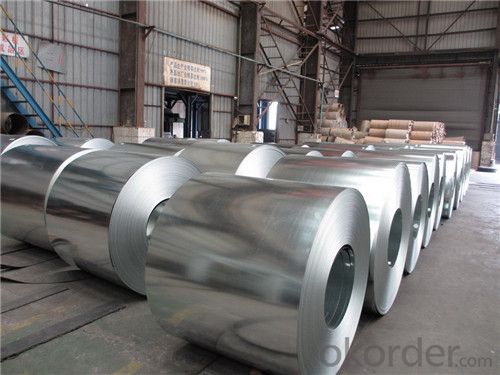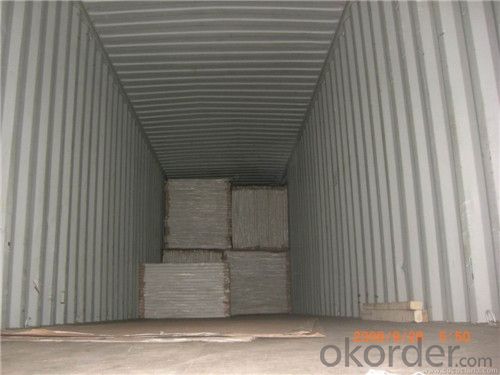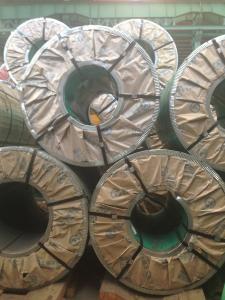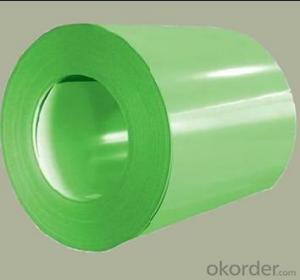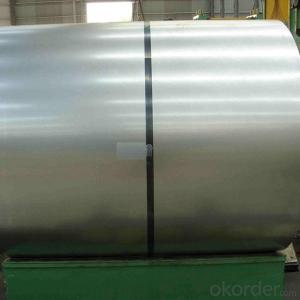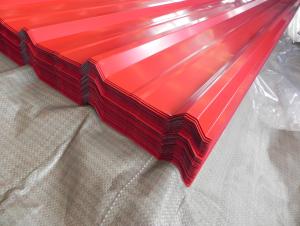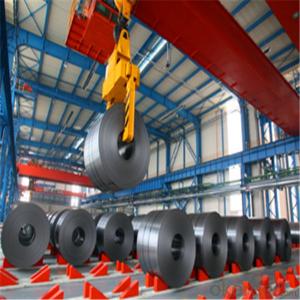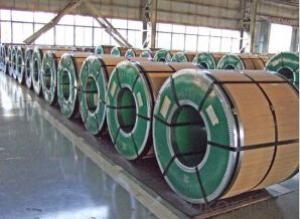Cold Rolled Steel Coils for Roof construction
- Loading Port:
- Shanghai
- Payment Terms:
- TT OR LC
- Min Order Qty:
- 36 m.t.
- Supply Capability:
- 30000 m.t./month
OKorder Service Pledge
OKorder Financial Service
You Might Also Like
SPCC cold rolled steel plate/cold rolled sheet building and construction | ||
Material | Standard | JIS G3141.GB/T 708-2006,EN10130,ASTM A366, GB11253-89, JIS G3141,DIN1623,EN10130 |
Grade | SPCC,DC01,DCO2,SPCG,Q195,Q235,SPCE,SPCD,ect | |
Size details | Thickness | 0.1-4.5mm |
Width | 750-1500mm | |
Coil ID | 508/610mm | |
Weight coil | 5-12tons for each coil | |
Surface finished | General, bright,oiled or non-oiled | |
Technique | Cold rolled | |
Certificates | ISO9001:2000,CE, BV, | |
Packing | craft paper +steel pallet packing/steel box+steel pallet | |
Productivity | 1000T/M | |
Application | 1.common structural parts and parts for drawing in engineering machines 2.transportation machine construction machines, lifting machine 3.agricultural machines, light and civil industrial, household appliance industries. 4. chemical equipments, drive casing pipe and light industrial civil | |
- Q: How do steel coils contribute to the marine equipment industry?
- Steel coils contribute to the marine equipment industry by being a crucial component in the manufacturing of various marine equipment such as ships, boats, and offshore structures. These coils are used in the construction of hulls, decks, and other structural parts, providing strength, durability, and corrosion resistance. Additionally, steel coils are used in the production of marine equipment components like pipelines, storage tanks, and marine engines, ensuring their reliability and performance in harsh marine environments.
- Q: Can steel coils be bent or formed into different shapes?
- Steel coils have the capability to be bent or molded into diverse forms. Typically, steel coils are produced from flexible flat rolled steel, allowing for easy manipulation. The process of bending entails exerting force upon the steel coil, resulting in a transformation of shape and the adoption of different configurations. This can be accomplished through a variety of techniques, including cold or hot bending, as well as the utilization of specialized machinery such as a press brake. By skillfully applying the appropriate amount of force and heat, steel coils can be bent or molded into an extensive array of shapes, encompassing curves, angles, and intricate geometries. This adaptability in shaping steel coils renders them exceptionally versatile for an array of applications, spanning construction, manufacturing, automotive, and numerous other industries.
- Q: How do steel coils contribute to the water and wastewater industry?
- Steel coils are an essential component in the water and wastewater industry as they play a crucial role in the construction and maintenance of infrastructure. These coils are made from high-quality steel, which offers numerous advantages for the industry. Firstly, steel coils are used in the manufacturing of pipes and tubes that are primarily used for transporting water and wastewater. Steel pipes are known for their exceptional strength and durability, allowing them to withstand high pressure and heavy loads. This makes them ideal for water distribution systems, sewage networks, and treatment plants. Steel coils provide the necessary material for the production of these pipes, ensuring a reliable and long-lasting infrastructure. Moreover, steel coils are also utilized in the construction of storage tanks and reservoirs. These tanks are essential for water treatment plants, where they store large volumes of water or wastewater during the treatment process. Steel coils provide the necessary material for the fabrication of these tanks, ensuring their structural integrity and preventing leaks or contamination. Additionally, steel coils are used in the manufacturing of various equipment and components used in the water and wastewater industry. For instance, steel coils are utilized in the production of pumps, valves, and control systems, which are crucial for the efficient operation of water treatment plants, pumping stations, and sewage networks. Steel's strength and corrosion resistance make it an ideal material for these applications, ensuring reliable and long-lasting equipment. Furthermore, steel coils are also employed in the construction of wastewater treatment plants and facilities. These plants employ various processes to remove contaminants from wastewater before it is discharged into the environment. Steel coils provide the necessary material for the construction of these facilities, including structural supports, tanks, and other components. The durability and resilience of steel ensure the longevity and efficiency of these treatment plants. In summary, steel coils are integral to the water and wastewater industry due to their contribution to the construction and maintenance of critical infrastructure. They are used in the manufacturing of pipes, tanks, equipment, and facilities, ensuring the strength, reliability, and durability necessary for the efficient operation of water and wastewater systems.
- Q: How are steel coils used in the production of electrical switches?
- Steel coils are used in the production of electrical switches as they act as the core of the electromagnetic system. When an electric current passes through the coil, it creates a magnetic field which attracts or repels a movable metal component, allowing the switch to open or close. This mechanism is crucial for controlling the flow of electricity in various electrical devices and systems.
- Q: i need a company that sells strong steel doors because my neighbors apartment was broken into. I need a strong steel door for the outside of the home, where you first enter. please list places in the US, or in NY.
- You can find strong steel door here...
- Q: I'm getting my nose pierced, meaning that i have to keep the piercing in for a prolonged time. i've always had reactions when wearing sterling silver or fake earrings (i dont know what types of metal they were) after wearing it overnight. Will I get a reaction on my nose piercing if the stud is surgical steel?
- Surgical Piercing
- Q: Hey everyone.I have a whetstone and a honing steel. I purposely tried to make one of my knives less sharp twice to see how well the whetstone and honing steel would work.It even seemed that when I was using my whetstone it wasn't as sharp as it was when I used my honing steel, but when I also used my honing steel after having sharpened my knife on the whetstone, it was razor sharp.I was wondering, is the whetstone only supposed to be used when the knife edge isn't as flat anymore or something? Like, only when it doesn't really have an edge anymore?Please explain your answer.Thanks everyone.
- You're not supposed to use the whetstone alone. It leaves a burr, which the steel removes. If you google using a whetstone, you'll see plenty of info. It is possible to use a finer stone in place of the steel.
- Q: i want to know what is light gauge steel and the diffrences between light gauge steel and steel for roof truss.
- guage means thickness.
- Q: I know that the steel is significantly harder than when air cooled, but why is the quenched steel harder?
- Quenching results in smaller grains than air cooled. This means more boundaries, which means harder steel.
- Q: How are steel coils tested for dimensional accuracy?
- Steel coils are tested for dimensional accuracy through various methods such as measuring their width, length, thickness, and diameter using specialized tools like calipers, micrometers, or laser measurement systems. These measurements are compared against the specified tolerances provided by the manufacturer to ensure that the steel coils meet the required dimensional standards.
Send your message to us
Cold Rolled Steel Coils for Roof construction
- Loading Port:
- Shanghai
- Payment Terms:
- TT OR LC
- Min Order Qty:
- 36 m.t.
- Supply Capability:
- 30000 m.t./month
OKorder Service Pledge
OKorder Financial Service
Similar products
Hot products
Hot Searches
Related keywords
